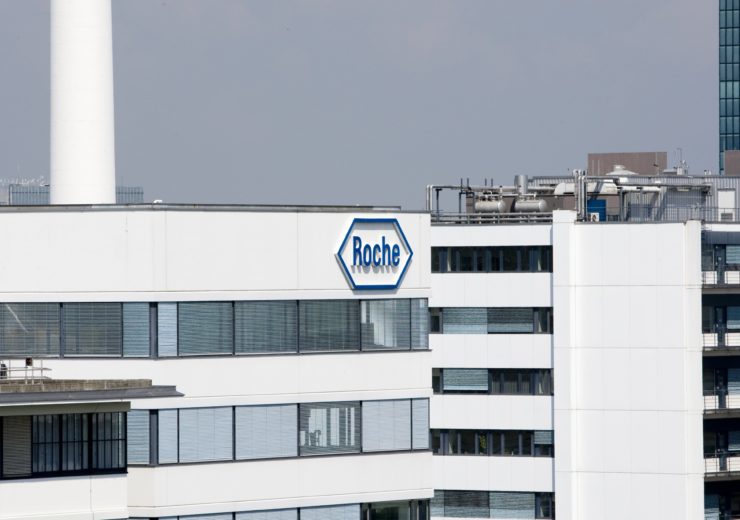OCREVUS is a humanised monoclonal antibody designed to target CD20-positive B cells, a specific type of immune cell thought to be a key contributor to myelin and axonal damage

Image: Roche has released new data from clinical study of OCREVUS. Photo: Courtesy of F. Hoffmann-La Roche Ltd.
Swiss healthcare company Roche has unveiled latest data from clinical study of OCREVUS (ocrelizumab), a humanised anti-CD20 monoclonal antibody for treating relapsing and primary progressive multiple sclerosis (MS).
MS is a chronic disease, occurs when the immune system abnormally attacks the myelin sheath around nerve cells in the brain, spinal cord and optic nerves, causing inflammation and damage, resulting in a wide range of symptoms, including muscle weakness, fatigue and difficulty seeing, and may eventually lead to disability.
The Relapsing-remitting MS (RRMS) is a form of disease, characterised by episodes of disease symptoms (relapses) followed by periods of recovery. People with RRMS would eventually transition to secondary progressive MS (SPMS), which steadily causes disability over time.
OCREVUS is a humanised monoclonal antibody designed to target CD20-positive B cells, a specific type of immune cell thought to be a key contributor to myelin and axonal damage.
OCREVUS is the first and only therapy approved for both RMS, and primary progressive MS (PPMS)
According to the preclinical studies, OCREVUS binds to CD20 cell surface proteins expressed on certain B cells and preserves the functions of the immune system.
The levels of neurofilament light chain (NfL), a protein that provides structural support to nerve fibres in the brain, in blood of RMS and PPMS patients are decreased to a range of healthy donor, following the OCREVUS the treatment.
The increase in levels of NfL indicates damage of nerve cell, and increased NfL levels in blood or cerebrospinal fluid (CSF) is considered as a biomarker of nerve cell damage.
The company said that the results of Phase III OPERA I study of RMS and the ORATORIO study of PPMS, showed that the treatment with OCREVUS has significantly lowered the blood NfL levels.
OCREVUS treatment for RMS showed a 43% reduction in blood serum NfL levels from baseline to 96 weeks compared with a 31% reduction with interferon beta-1a, and treatment for PPMS showed 16% reduced blood plasma NfL levels from baseline to 96 weeks compared with 0.2% reduction with placebo.
In addition, new data from the Phase III OBOE study in PPMS and RMS indicated that PPMS patients with active MRI lesions had median cerebrospinal fluid (CSF) NfL levels twice as high as those without these lesions.
Roche said that the data is set to offer new insights into the MS, enhancing the understanding of disease progression, to identify and prevent the disease progression and prolong the patient functioning.
OBOE study scientific steering committee chair Amit Bar-Or said: “These analyses from the OCREVUS trials strengthen the evidence for pursuing neurofilament light chain as a potential biomarker of disease activity and progression in MS, including its potential to predict future disability outcomes.
“Disease progression in MS can be challenging to identify without noticeable relapses or disability progression, and continued investigation into neurofilament light chain may help us better understand the underlying progression in all forms of this disease.”
